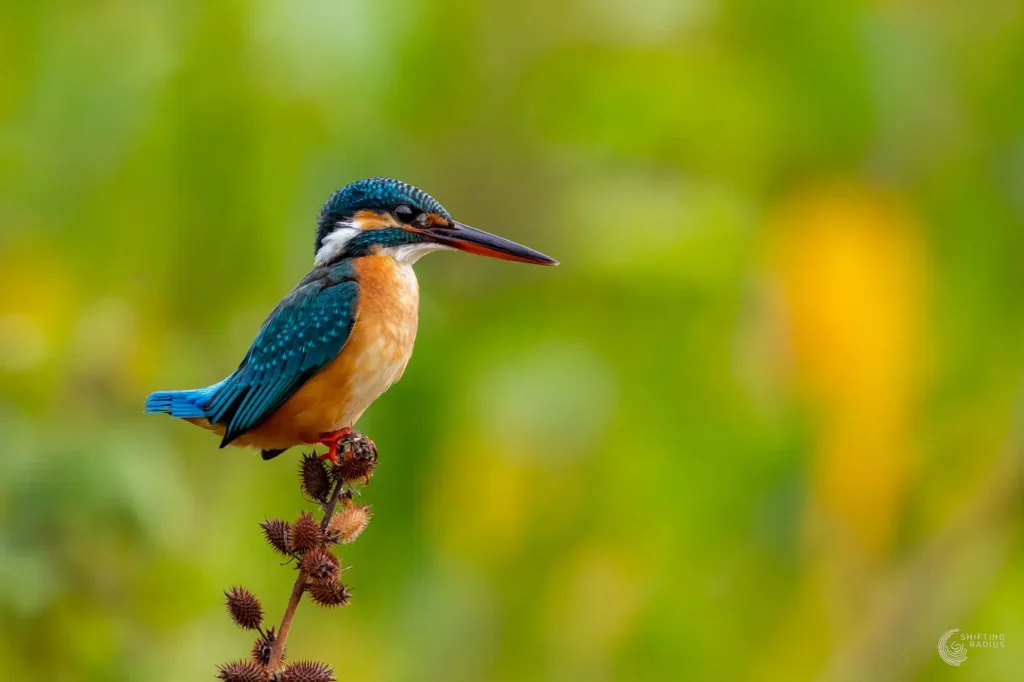

Kingfishers are a captivating group of birds that never fail to capture our attention with their vibrant colours, extraordinary fishing skills and distinctive calls. Among these remarkable avian creatures, two popular members stand out: the stork-billed kingfisher (Pelargopsis capensis) and the common kingfisher (Alcedo atthis).
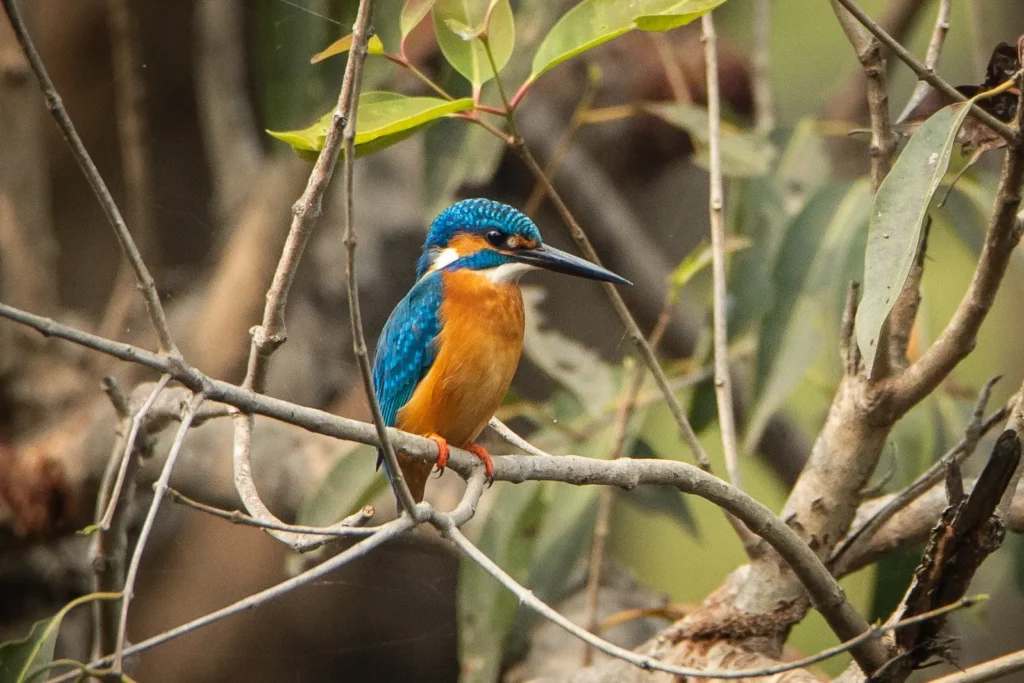
The stork-billed kingfisher is a majestic species known for its striking appearance. With its large size and vibrant plumage, this kingfisher displays a beautiful combination of bright red, blue, and yellow feathers. Its massive, stork-like beak is perfectly adapted to catch and consume its prey, which consists primarily of fish and amphibians. This majestic bird can be found in various habitats, including mangroves, wetlands, and forested areas, throughout Southeast Asia.
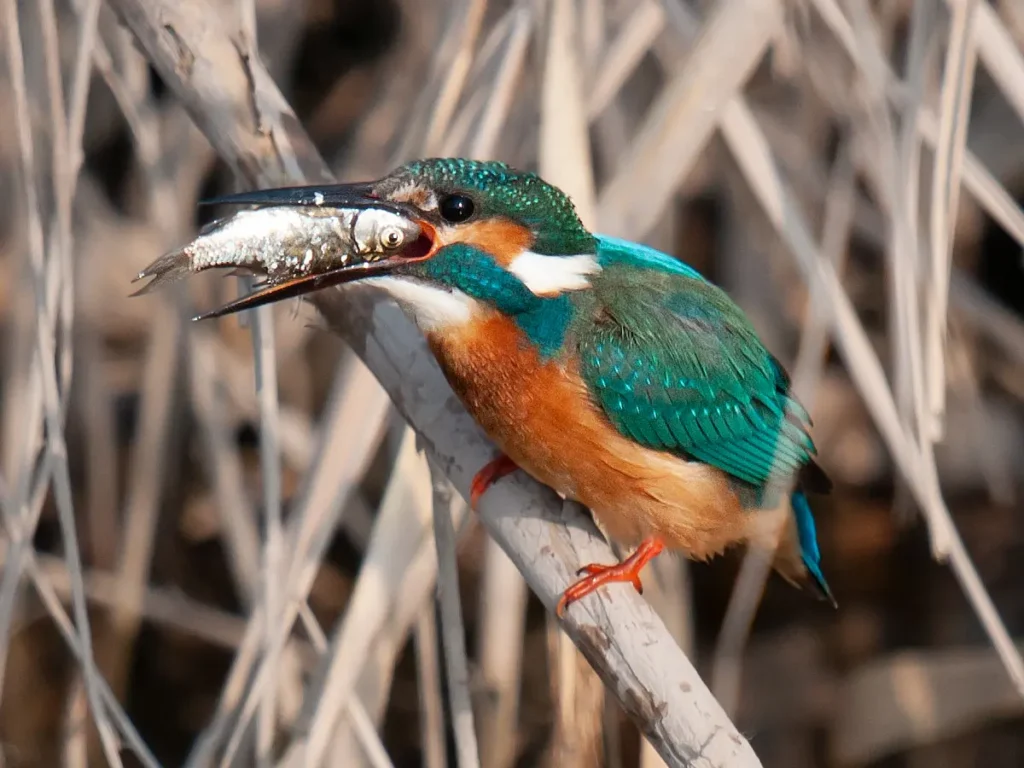
On the other hand, the common kingfisher, often referred to as the “river kingfisher,” is a smaller but no less charming species. Adorned with dazzling blue and orange plumage, this little bird is a master of fishing. It is known for its exceptional diving skills, able to dive into the water from perches to catch fish with remarkable precision. The common kingfisher can be found in various regions of Europe, Asia, and North Africa, where it inhabits rivers, lakes, and other bodies of freshwater.
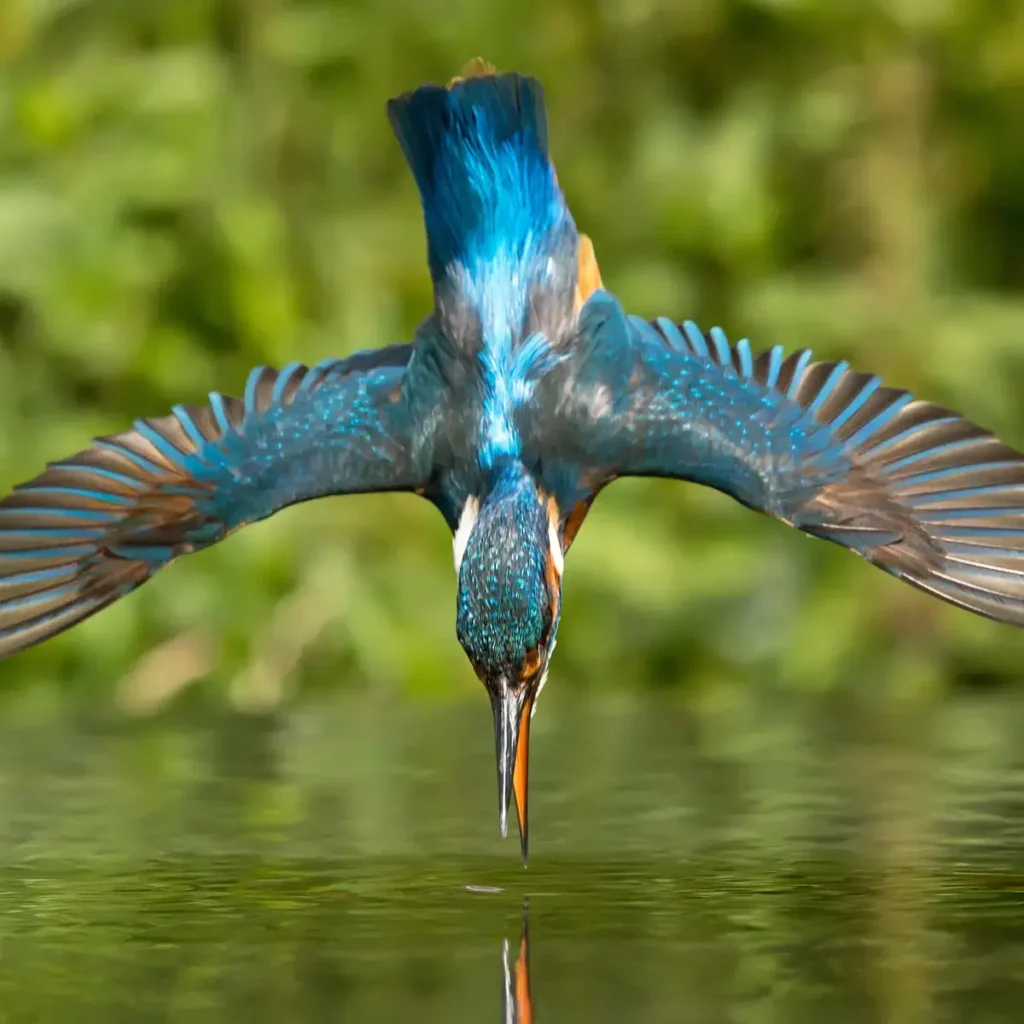
Both the stork-billed kingfisher and the common kingfisher possess a unique feature: their remarkable calls. The stork-billed kingfisher emits a loud, melodious call, consisting of a series of high-pitched whistles and cackles. This vocalization can often be heard echoing through the forests and wetlands it calls home. In contrast, the common kingfisher produces a distinctive high-pitched whistle that serves both as a territorial display and a means of communication with its mate.
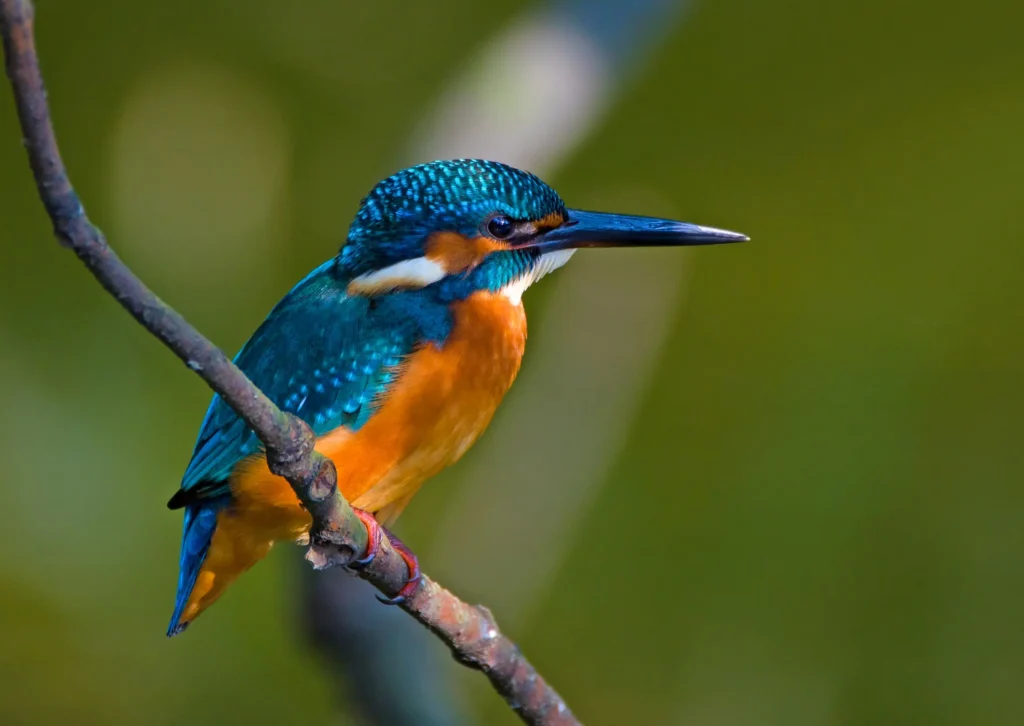
These magnificent birds have not only captivated bird watchers and nature enthusiasts, but have also inspired folklore and mythology in various cultures around the world. Their striking colors and agile fishing techniques symbolize grace, beauty, and adaptability.
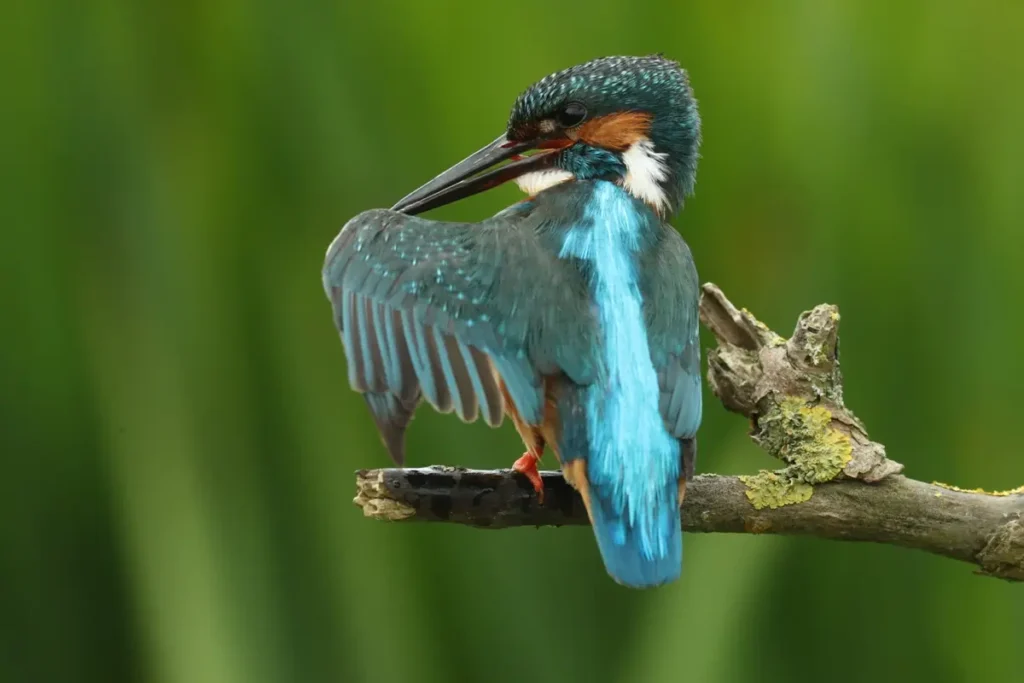
However, like many other bird species, kingfishers face challenges in the form of habitat loss and pollution. Destruction of wetlands and water pollution threaten their natural habitats, leading to a decline in their populations. Conservation efforts, including preserving key habitats and creating protected areas, are crucial to safeguarding the future of these captivating birds.
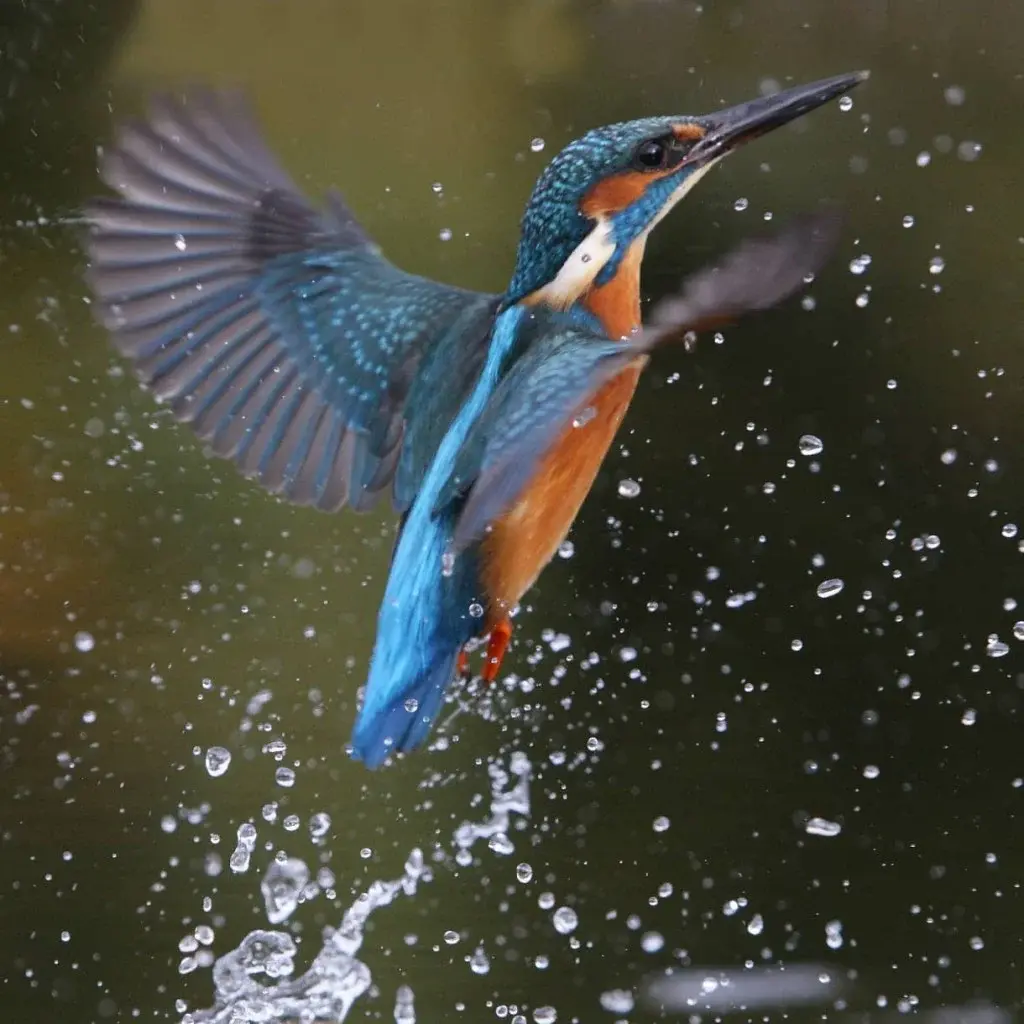
In conclusion, the Stork-billed Kingfisher and the Common Kingfisher are two remarkable members of the kingfisher family. With their vibrant colours, exceptional fishing skills and distinctive calls, they continue to fascinate and inspire people around the world. While we appreciate their beauty and unique features, let us also strive to protect their habitats and ensure their survival for generations to come.
